21 products
-
Green Tara Star Moon Bodhi Mala Beads
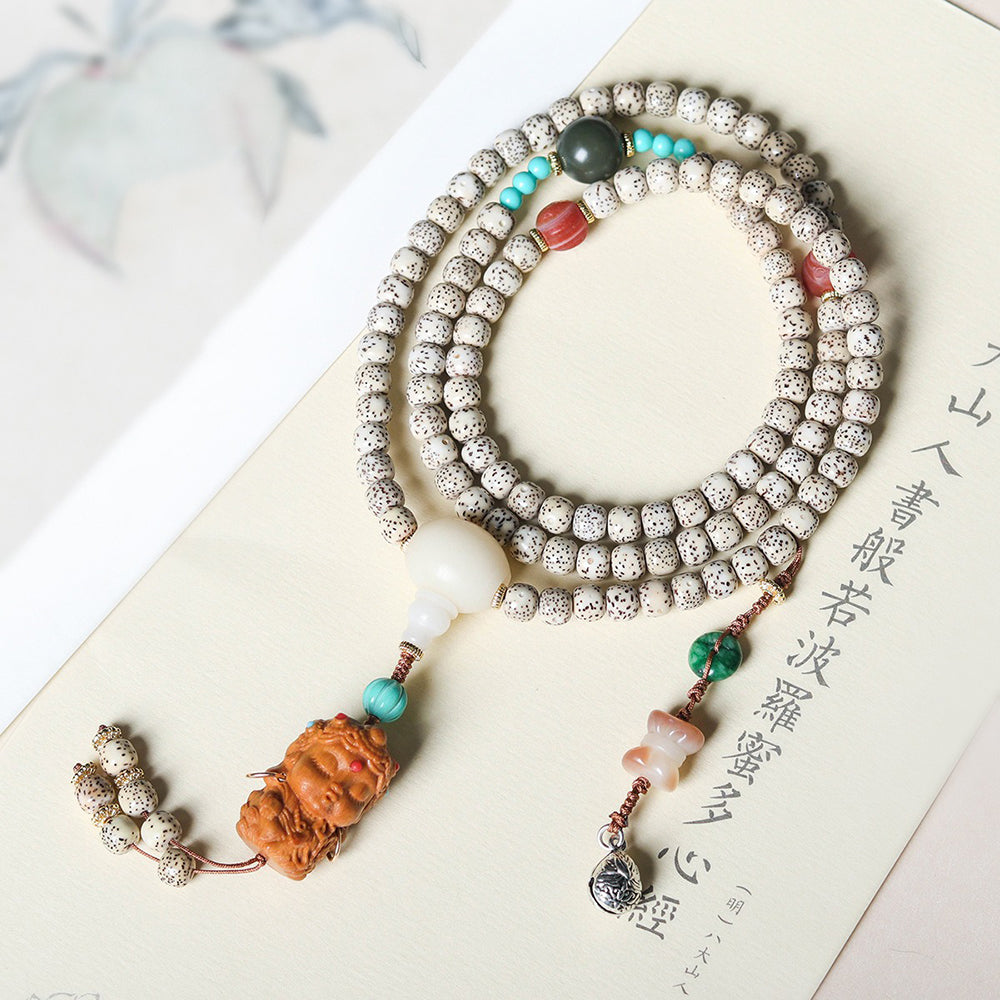 Green Tara Star Moon Bodhi Mala Beads
Green Tara Star Moon Bodhi Mala Beads- Regular price
-
$36.98 USD - Regular price
-
- Sale price
-
$36.98 USD
Quick view
-
Green Tara Laughing Buddha Lotus Old Sandalwood Mala Beads
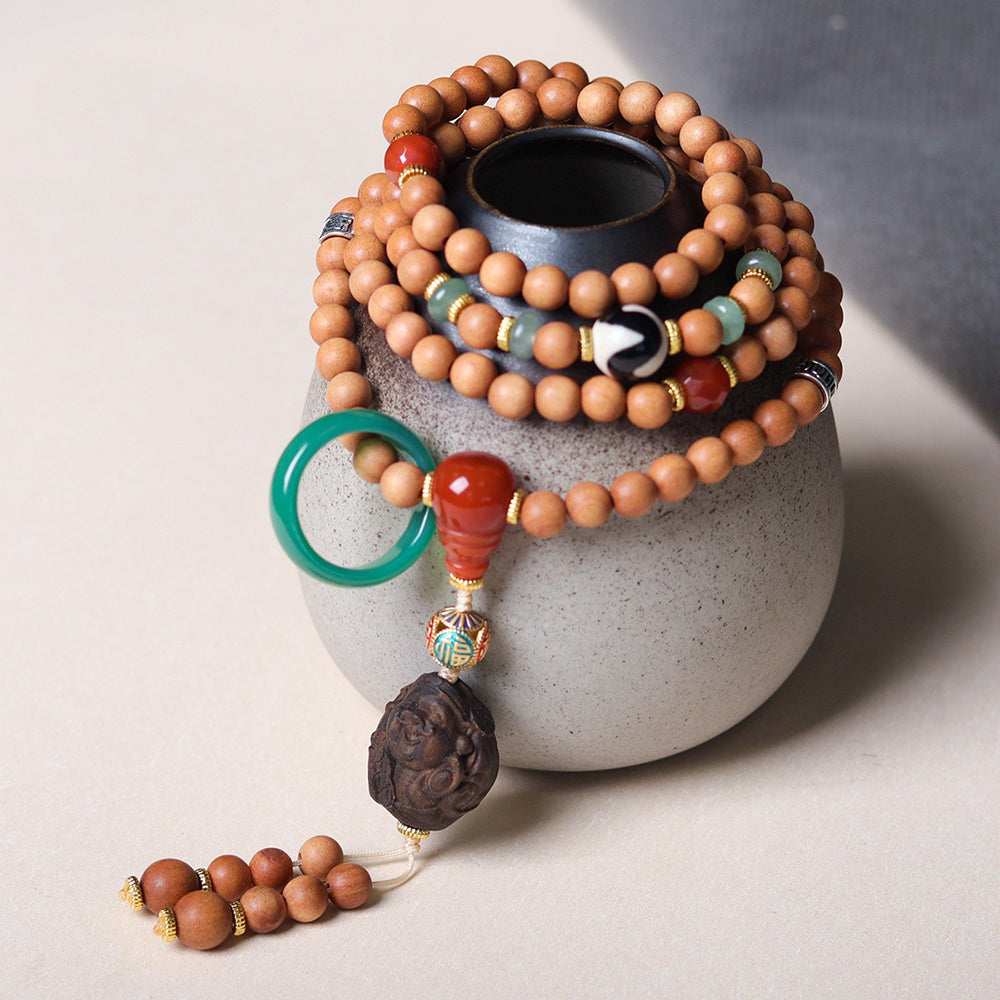 Green Tara Laughing Buddha Lotus Old Sandalwood Mala Beads
Green Tara Laughing Buddha Lotus Old Sandalwood Mala Beads- Regular price
-
$26.98 USD - Regular price
-
- Sale price
-
$26.98 USD
Quick view
-
Foldable Paulownia Wood Meditation Table Set
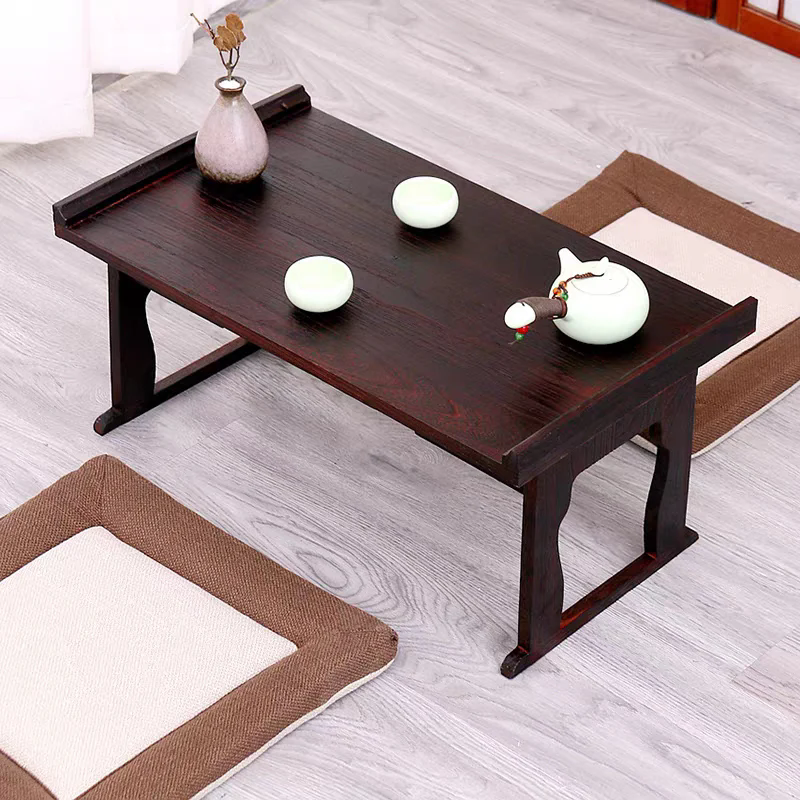 Foldable Paulownia Wood Meditation Table Set
Foldable Paulownia Wood Meditation Table Set- Regular price
-
$116.98 USD $236.98 USD - Regular price
-
- Sale price
-
$116.98 USD $236.98 USD
Quick view
-
Paulownia Wood Landscape Meditation Table Set
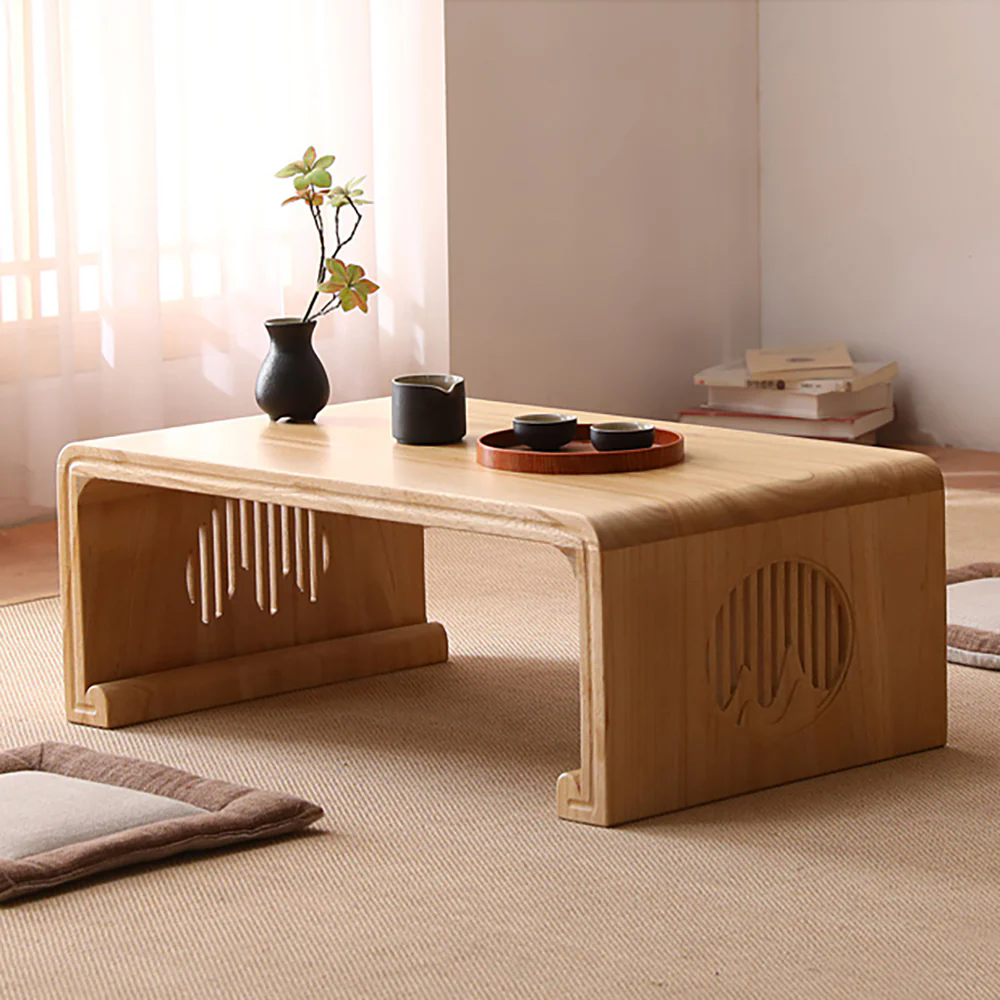 Paulownia Wood Landscape Meditation Table Set
Paulownia Wood Landscape Meditation Table Set- Regular price
-
$237.98 USD $637.98 USD - Regular price
-
- Sale price
-
$237.98 USD $637.98 USD
Quick view
-
Bamboo Double Chairs Meditation Table Set
 Bamboo Double Chairs Meditation Table Set
Bamboo Double Chairs Meditation Table Set- Regular price
-
$256.98 USD $556.98 USD - Regular price
-
- Sale price
-
$256.98 USD $556.98 USD
Quick view
-
Peach Wood Rattan Meditation Table Set
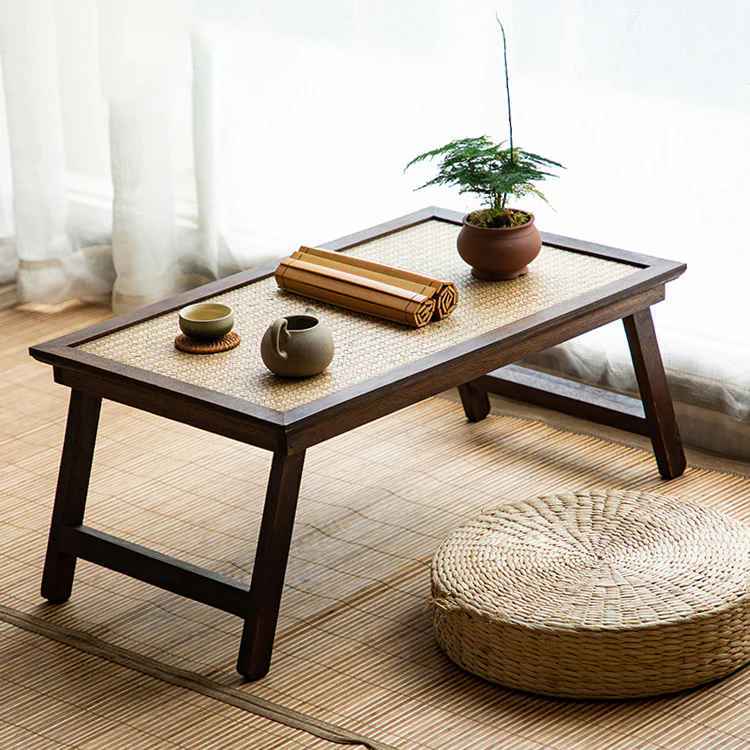 Peach Wood Rattan Meditation Table Set
Peach Wood Rattan Meditation Table Set- Regular price
-
$198.98 USD $228.98 USD - Regular price
-
- Sale price
-
$198.98 USD $228.98 USD
Quick view
-
Foldable Double-layer Solid Wood Meditation Table Set
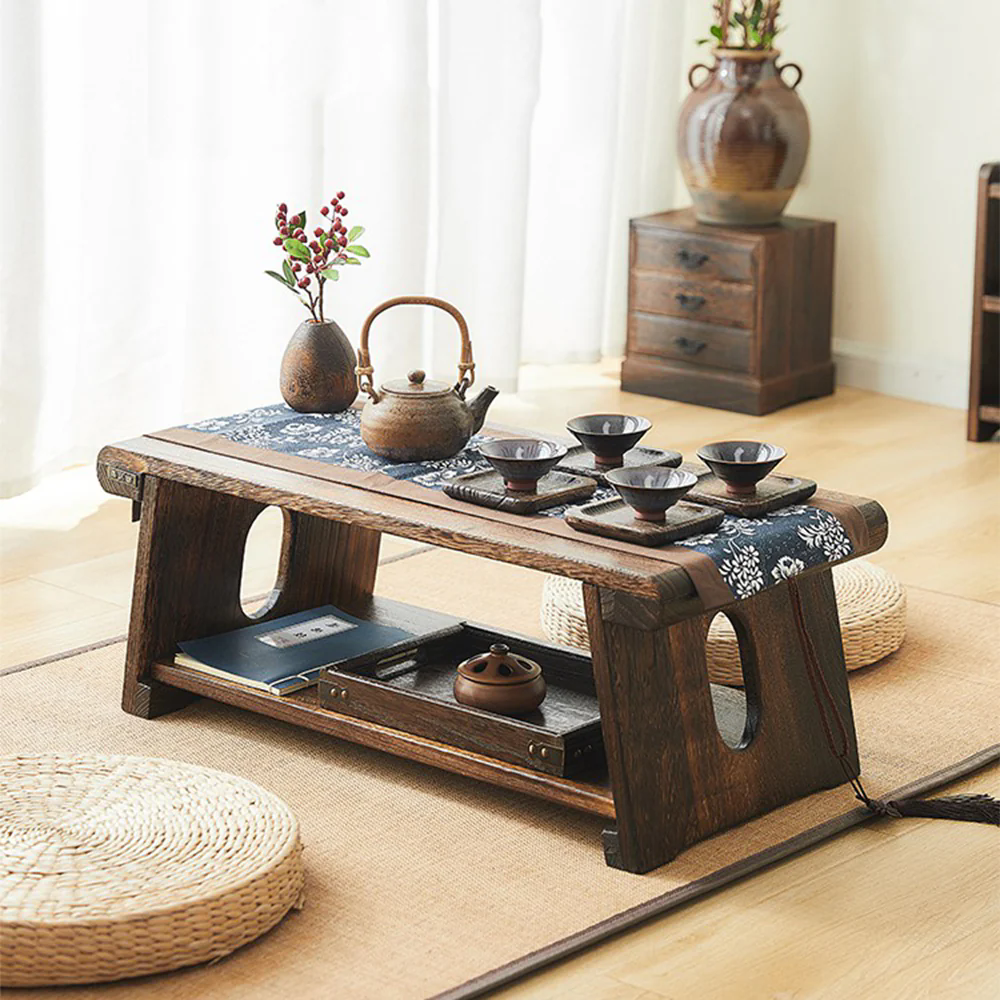 Foldable Double-layer Solid Wood Meditation Table Set
Foldable Double-layer Solid Wood Meditation Table Set- Regular price
-
$307.98 USD $401.98 USD - Regular price
-
- Sale price
-
$307.98 USD $401.98 USD
Quick view
-
Neo-Chinese style Bamboo Meditation Table Set
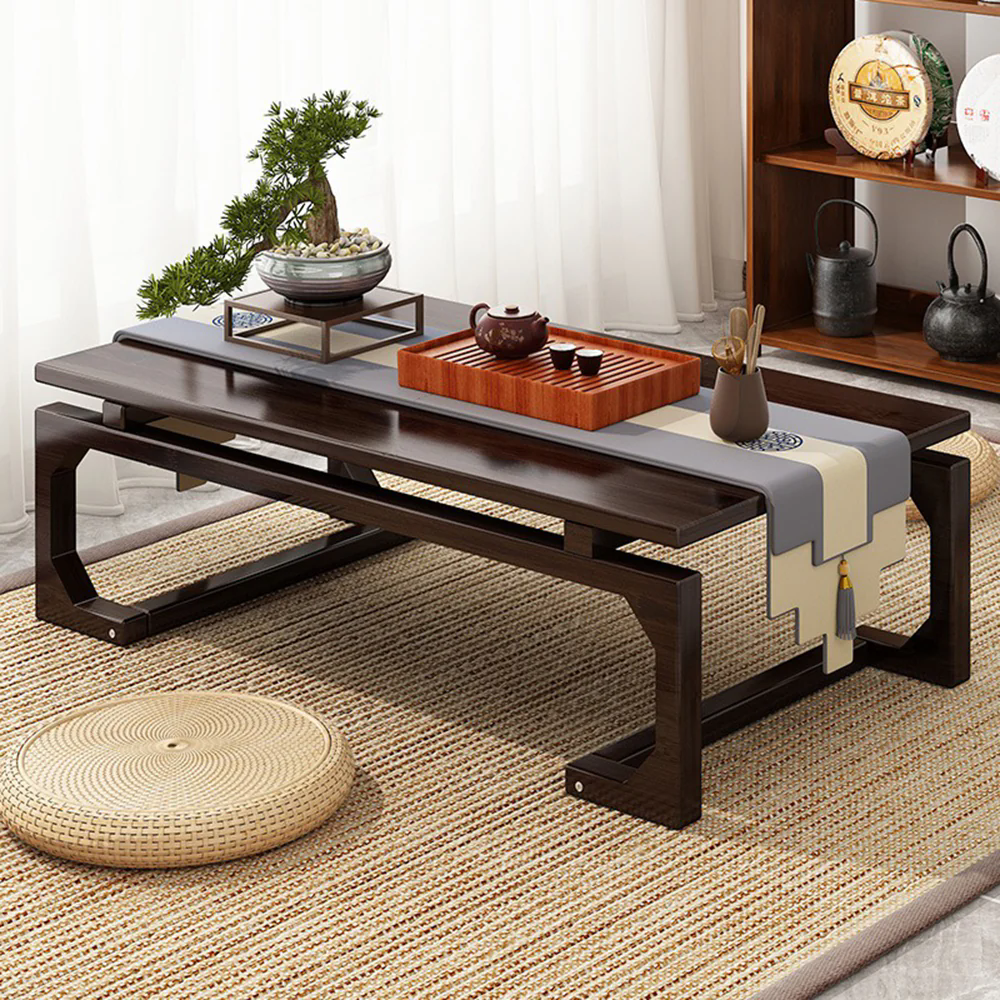 Neo-Chinese style Bamboo Meditation Table Set
Neo-Chinese style Bamboo Meditation Table Set- Regular price
-
$217.98 USD $357.98 USD - Regular price
-
- Sale price
-
$217.98 USD $357.98 USD
Quick view
-
Foldable Solid Wood Meditation Table Set
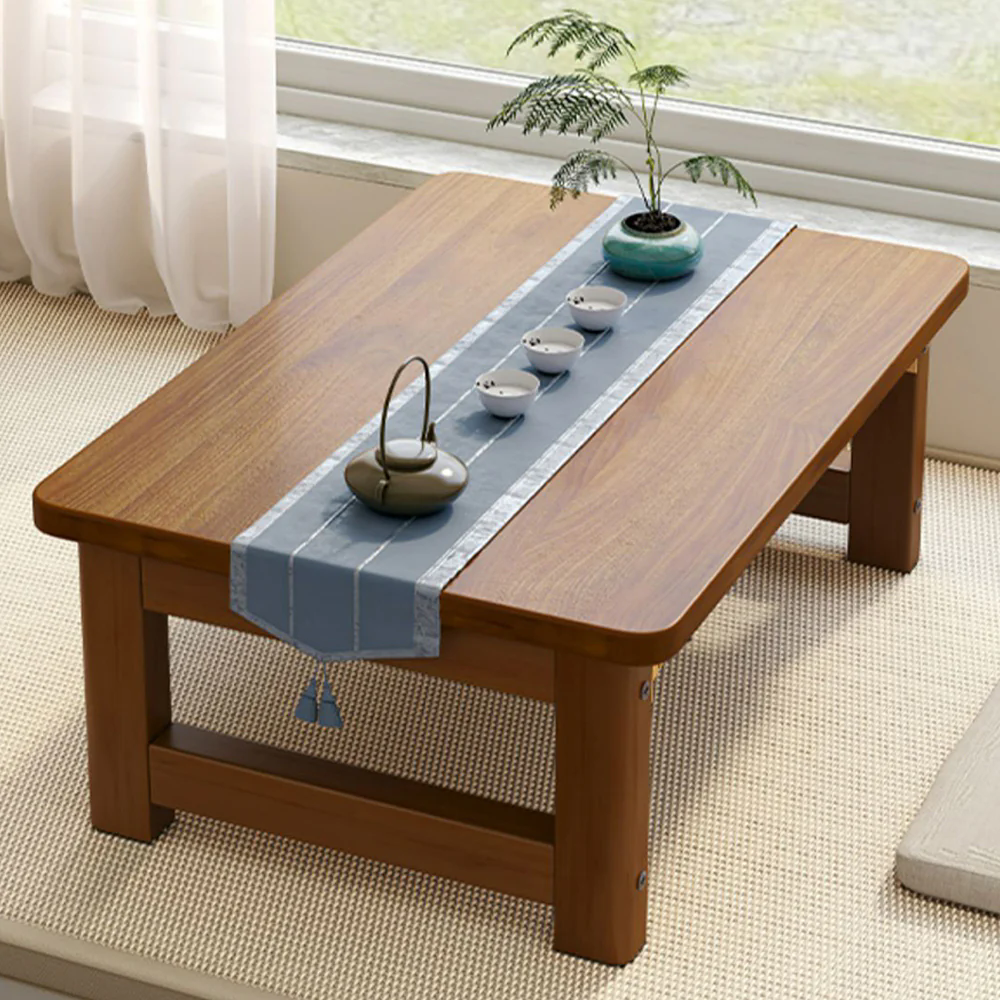 Foldable Solid Wood Meditation Table Set
Foldable Solid Wood Meditation Table Set- Regular price
-
$178.98 USD $358.98 USD - Regular price
-
- Sale price
-
$178.98 USD $358.98 USD
Quick view
-
Handmade Nepal Meditation Bronze Singing Bowl
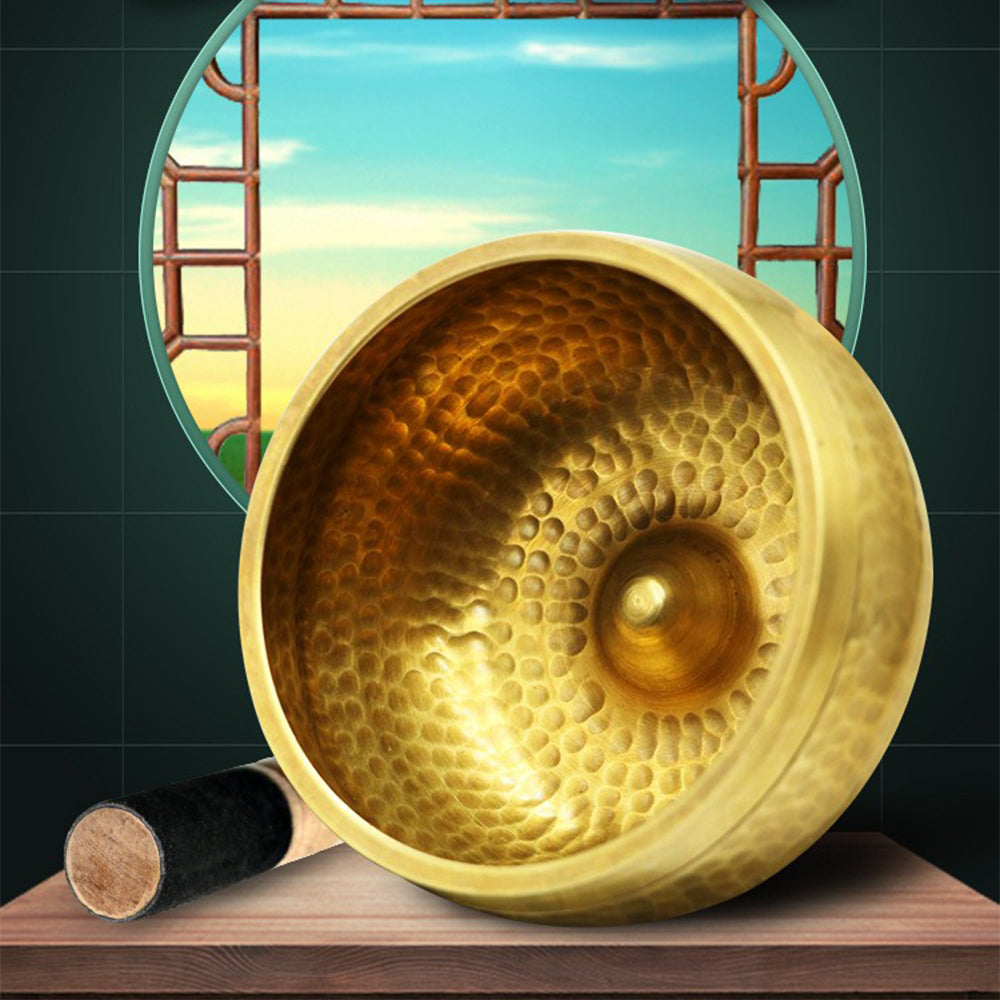 Handmade Nepal Meditation Bronze Singing Bowl
Handmade Nepal Meditation Bronze Singing Bowl- Regular price
-
$45.98 USD - Regular price
-
- Sale price
-
$45.98 USD
Quick view
-
Nepal Meditation Mandala Bronze Singing Bowl
 Nepal Meditation Mandala Bronze Singing Bowl
Nepal Meditation Mandala Bronze Singing Bowl- Regular price
-
$202.98 USD - Regular price
-
- Sale price
-
$202.98 USD
Quick view
-
Nepal Meditation Six Words Bronze Singing Bowl
 Nepal Meditation Six Words Bronze Singing Bowl
Nepal Meditation Six Words Bronze Singing Bowl- Regular price
-
$63.98 USD - Regular price
-
- Sale price
-
$63.98 USD
Quick view
What Is Meditation?
Meditation is a practice that can help achieve inner peace and spiritual awareness through concentration and relaxation. It is usually practiced through zazen, breathing, limb stretching and so on, aiming to control and adjust emotions, reduce stress and anxiety, and enhance mental focus and creativity. The purpose of meditation is to allow people to break free from their busy lives and achieve inner peace and tranquility.
Meditation originates from ancient Eastern philosophy and religious traditions, such as Buddhism and Hinduism, and is widely recognized and practiced in modern society. It has different forms and names in different cultures and traditions, but the core is to explore people's inner world. In yoga, meditation is perceived as the most precious technique as it is practiced through particular body posture, breathing control, and mental concentration to achieve a harmony between body and mind, which can help us relax, relieve stress, and gain a deeper understanding of ourselves.
Physiologically, meditation also provides the body with a comprehensive rest, especially the brain. Even while sleeping, our brain remains active, and meditation can relax the brain to a large extent. In addition, meditation can effectively alleviate muscle pain, help cure organ functional weakness and other problems.

How to Practice Meditation
Meditation is a way to explore self-understanding and achieve inner peace through concentration and relaxation. It is not simply a practice of emptiness or contemplation, but a way to improve concentration, typically on breathing, so as to help people detach from their daily thoughts and experience the present. Here are the ways of practing meditation.
1. Choose a quiet environment. Meditation should be carried out in a quiet and peaceful place, which can help you concentrate without being disturbed by the outside world, and quickly start a meditation.
2. Wear comfortable clothes. It is best to wear loose clothing for meditation, which can help the body stay in a relaxed state. Besides, don’t forget to take off your shoes before practing meditation.
3. Take a comfortable position. You can choose a sitting posture or a lying posture, and the most important thing is to keep the spine straight for easier breath.
4. Set a time for meditation. For beginners, it is recommended to practice meditation for 5 to 20 minutes. You can set an alarm or listen to meditation audio to help you control the timing.
5. Do some stretching exercises. Meditation requires sitting quietly in one place for a period of time, so it is best to minimize the tension and fatigue in various parts of the body before practing meditation. Therefore, spending a few minutes doing some stretching exercises can help relax the body and mind, and maximize the effect of meditation.
6. Adjust breathing. At the beginning of meditation, you can take a few deep breaths first to adjust the breathing rhythm. Then, you should focus on your breathing to feel the breath flowing through your nasal cavity. As the practice progresses, you can extend the breathing time by degrees to make your breathing deep and stable.
7. Improve concentration. This is usually achieved by observing breathing. Individuals can focus on the air entering the body when inhaling, and the airflow leaving the body when exhaling.
8. Accept distracting thoughts. When practing meditation, distractions and negative emotions could appear sometimes, and there is no need to eliminate these negative emotions. Don't be distracted or discouraged by the negative feelings as they are a common phenomenon and all you need to do is to focus on your breathing.
9. Keep practicing. It takes time to see meditation play its roles. Thus it is suggested to practice meditation for a few minutes every day to experience the positive changes of both body and mind.
The Benefits of Meditation
Practicing meditation is of great benefit to physical and mental health. Scientific research has found that meditation can reduce stress and anxiety, enhance immune system function, improve sleep quality, enhance attention and concentration, and increase inner peace and happiness. What’s more, meditation can also help people better cope with challenges in life and increase emotional stability. Here are the specific benefits of practicing meditation.
Reduce Stress And Anxiety
Meditation can help us find a moment of peace in a busy life. Through deep breathing and concentration, we can gradually relax our body and mind, and reduce stress as well as anxiety.
Enhance Concentration And Memory
Meditation practice requires us to focus our attention, which helps improve our concentration and memory. Through long-term practice, we can think more clearly and complete tasks more efficiently.
Promote Physical And Mental Health
Meditation can regulate breathing, relax muscles, improve blood circulation, which greatly promotes physical health. At the same time, it can also help us adjust our mentality, cultivate a positive and optimistic attitude, and achieve physical and mental harmony and unity.
Gain A Deeper Understanding of Oneself
Meditation is an introspective way of practice, through which we can gain a deeper understanding of ourselves, explore our inner world, and achieve spiritual awakening and growth.
What Do We Need When Practicing Meditation
Meditation is a practice of achieving inner peace and self-awareness through concentration and relaxation. When practicing meditation, using some tools can help promote its effect. Here are some common meditation tools.
Mala
In Buddhism, Buddha beads are an important tool used for counting, meditation, and practice. Mala usually consists of 108 beads and is an important part of Buddhist culture. By rotating each bead of Mala when reciting Buddhist chants or scriptures, we can achieve inner peace and relax the body. Using Mala for meditation requires great concentration and persistence. It is a process of practice that can help people improve concentration, self-awareness, and patience.
Incense
The unique aroma emitted by incense can create a quiet and peaceful environment for meditation. When people smell the fragrance, their brain naturally enters a state of peace and relaxation, which can help them better focus on meditation.

Sound Healing Tools
The most common sound healing tool is singing bowl which originated from the Himalayan mountains and is now widely used by many yoga teachers for sound healing and meditation. Singing bowl therapy refers to the transmission of sound vibrations to the depths of the body and mind through tapping or friction, so as to achieve the effect of relaxing the body and mind as well as releasing stress.

Meditation Table
It can help maintain the correct sitting posture during meditation and provide a stable place for placing items such as prayer beads, incense, and scriptures.
Meditation Cushion
It is designed for meditation sitting, and its function is to help you find a comfortable sitting posture. Using meditation cushion helps increase the comfort of the knees and ankles, reduce the uncomfortableness that could arise from long time sitting, and can also make your sitting posture healthier and more upright.
Chant And Music
Chanting or playing light music can help people better focus and create a peaceful environment for meditation.
In short, each tool has its own characteristics and you can make the choice based on your needs and preferences. Beside, using a meditation tool can provide a comfortable and quite environment for concentration, and also help practice meditation better.











